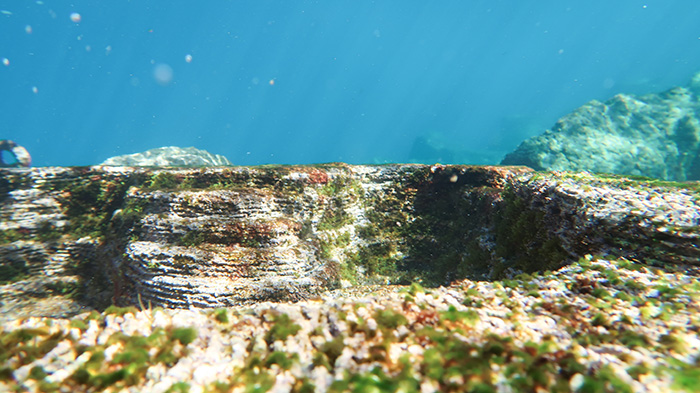The origins of urban marine ecology and the application of reconciliation ecology principles in marine infrastructure.
Limitations of Urban Ecology
The proliferation of urban built environments has radically transformed the relationship between humans and nature. In academia, a field called urban ecology emerged in the 1970’s to understand the ecological impact of human activity in cities. Urban ecology is interdisciplinary in nature, integrating:
- biology of urban species and habitats,
- ecosystem services studies,
- social and environmental urban studies, and
- sustainable urban design (1).
Expanding the focus of the field into the urban marine realm, however, has happened only in the last twenty years.

Despite the growth of urban spaces and the relevance of urban ecology, the discipline has largely neglected ecological transformations of coastal landscapes in favor of terrestrial aspects of cities and their environments (3). Currently, around 50% of the human population live along coastlines (4). In the same way buildings and roads impact terrestrial ecosystems, densely populated shorelines affect the marine environment. Structures like ports, piers, retaining walls, and pipelines produce significant ecological consequences, the impacts of which ultimately affect resources and services available to humans.
Urban Marine and Reconciliation Ecology
Coastal ecosystem degradation led to the extension of urban ecology to include ‘urban marine ecology’, also referred to as ‘coastal urban ecology’, in the last two decades (5). This field focuses on the impacts of coastal cities’ waterfront infrastructure in particular, and develops conceptual frameworks and tools that if used, can create sustainable, resilient urban marine ecosystems.
Traditional waterfront development, especially with ‘grey’ infrastructure, generally harms marine ecosystems. But it does not have to; the research suggests that marine infrastructure benefiting human society can also support coastal environments (6). A strategy called reconciliation ecology, which promotes native biodiversity in anthropogenic habitats, shows that evolutionary ecology can be integrated into the planning, building, and maintenance of urban infrastructure (7). In doing so, human construction can provide spaces that allow species to inhabit urban spaces.

Extending these principles to the water, ECOncrete’s technology and design is modeled after native habitats using biomimicry, providing structural stability and promoting marine life settlement. This nature-based method is in direct contrast with the lack of ecological consideration in traditional marine construction, and produces significant results, as the 10+ peer-reviewed articles published by ECOncrete’s founders and associates conclude.
Urban ecology and reconciliation ecology inform the building of sustainable cities on land; urban marine ecology addresses the underwater blindspot and extends the reconciliation framework to create resilient urban coastlines, too. ECOncrete makes sustainable urban marine ecosystems a reality with science-based concrete technology that actively implements reconciliation ecology principles. Follow us on LinkedIn for updates, watch past webinars, and dive deeper with our co-founder and CEO, Dr. Ido Sella, in his learning lab at ASLA 2022 to learn more!
